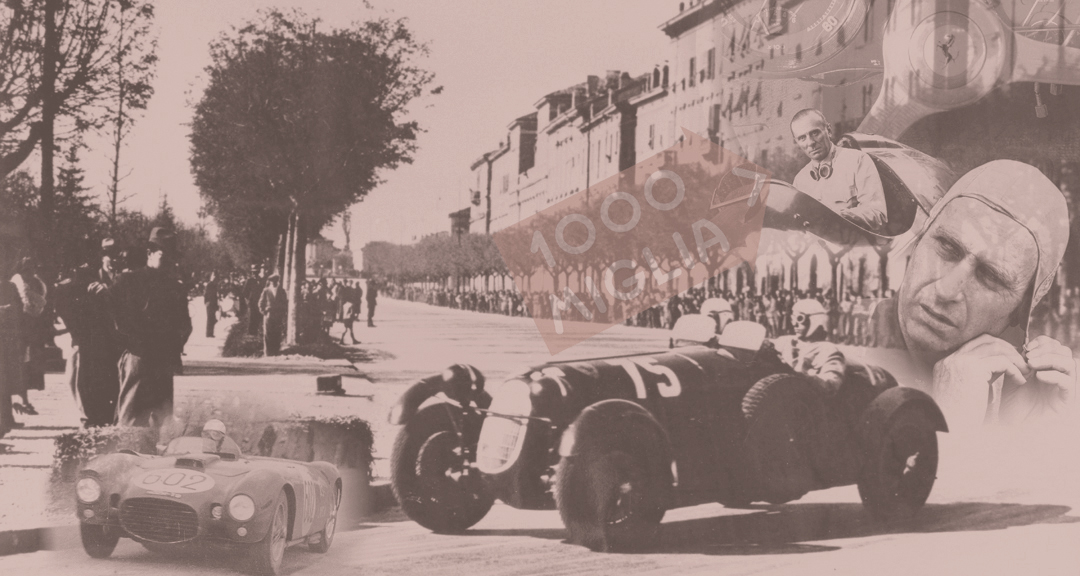Robert Newman examines the men and machines that made the Mille Miglia one of the world’s greatest races.
The Mille Miglia was a manifestation of raw courage. The courage of the top drivers, whose lives hung in the balance for a day as they forced themselves to take appalling risks to finish the non-stop, flat-out 1000 mile marathon faster than anyone else. The courage of the organizers, who invented and ran such a hazardous race over the crude, insecure public roads of half of Italy. The misplaced courage of millions of naive Italians entranced by the glamour and excitement of it all, who blocked the route and exposed themselves to untold danger for nothing more than a better look at the screaming racecars that tore into their lives and out again at up to 200 mph.
The winners of the Mille Miglia were the motor racing elite of their day. As Enzo Ferrari once remarked, no driver could ever say he had achieved his victor’s laurels until he had won at Brescia. A crowning glory which distinguished the winners from their fellow drivers as clearly as the Nobel Prize sets its recipients apart from the rest of humanity. Much the same has to be said of the victorious cars, which were cajoled into covering the 1000 high speed miles over anything but ideal roads as fast as their drivers could push them. In 1927, the first year of the race, that meant averaging 47.9 mph for 21 hours. In 1955, the fastest winner of them all, Stirling Moss, kept up a devastating average of 98.53 mph for just over 10 hours.
No Subscription? You’re missing out
Get immediate ad-free access to all our premium content.
Get Started



